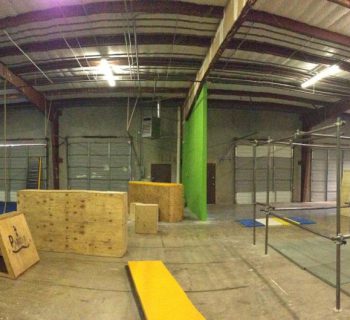Excuse the zombie traceur, it's all in the spirit of Halloween. But what I said sounds simple enough right? The more positive you are the better you will feel and perform. According to an article written by Cindy Kuzma, "Athletes who beat themselves up over bad performances tend to push hard when they should back off". So why do we still do it? When you have a bad run or fall short of your training goals, what sort of script runs through your mind? If you tend to fault yourself for your failures, you may face a higher risk of injury, a new study finds. The following is directly from the article:
“If a runner has self-blame as a coping strategy, that runner blames him- or herself for not being tough enough during training,” says study author Toomas Timpkin, M.D., Ph.D., of Linköping University. “Self-blame may serve the athlete very well in the short term—it may be correct that the athlete really didn’t push hard enough before the competition. But the thing is that if this self-blame turns into more of a pathological negative thinking, then it becomes a problem.”
Here’s how the process likely works, he says. If a runner feels a slight twinge while training, the most effective way of responding would be to back off until the pain resolves. Most overuse injuries start with a slight inflammation that, if allowed a few days of rest or alternative training, will resolve on its own. But runners who let self-blame run rampant tend to tune out these distress signals. “If the athlete does not have the psychological ability to adapt his or her behavior and he or she repeatedly runs through pain, the body structures also develop in a negative direction. Tendons and joints and other structures suffer,” he says.
Experts typically point to training overload—running more than the body can safely handle—as a key risk factor for overuse injuries. But when Timka and his colleagues crunched the numbers, they found self-blame replaced training load as a predictor of who would get hurt. “It’s not the training load in absolute numbers or kilometers or miles or anything—it’s training when the body needs rest that is the problem,” he says.
His research team is hard at work studying whether a similar process occurs in everyday runners as well as elites (Timka suspects it does), along with whether the underlying thought processes are conscious or happen without the athlete’s awareness. Eventually, he hopes there will be a protocol for identifying and correcting self-blame before it leads to multiple injuries, and says some athletes could likely benefit from cognitive behavioral therapy to improve their coping skills.
In the meantime, he suggests speaking with a coach, physician, or just another experienced athelete to put both your athletic performances and injuries into perspective. “Discuss your reasoning about pain and injury and when to push through pain, and when not to,” he suggests. Talking through your thought process with an outsider can help you recognize when you’re not listening to your body and break negative patterns before you wind up with an extended stint on the sidelines.
Remember, you can always reach out to traceur members here if you need someone to speak to, we're family here.







